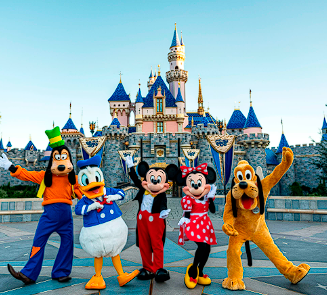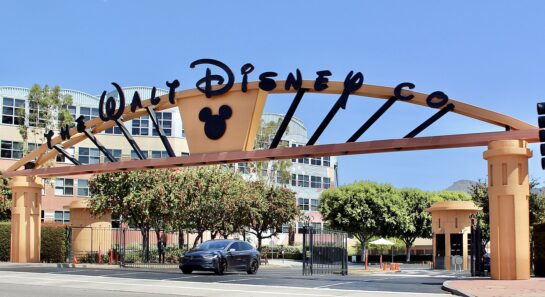Mickey Mouse: The Enduring Icon of Animation
Mickey Mouse, the beloved mascot of The Walt Disney Company, is more than just a cartoon character. He’s an enduring symbol of optimism, joy, and the power of imagination. Since his creation in 1928, Mickey has captured the hearts of millions around the world and has become one of the most recognizable and beloved characters in pop culture. Let’s dive into the story of the iconic Mickey Mouse.

The Birth of an Icon:
Mickey Mouse made his debut in the animated short film “Steamboat Willie,” which premiered on November 18, 1928. Created by Walt Disney and Ub Iwerks, Mickey was originally conceived as a replacement for Disney’s earlier character, Oswald the Lucky Rabbit, after Disney lost the rights to Oswald. Walt was determined to create a new character that he owned outright, and thus, Mickey Mouse was born.
With his cheerful personality, big ears, and signature red shorts, Mickey quickly became a sensation. Audiences were captivated by his mischievous antics and his indomitable spirit. “Steamboat Willie” marked the beginning of a new era in animation and established Mickey as the face of Disney.
From Animation to Icon:
Throughout the 1930s, Mickey Mouse starred in a series of successful animated shorts, including “Plane Crazy,” “The Gallopin’ Gaucho,” and “The Karnival Kid.” These cartoons showcased Mickey’s versatility as a character, as he tackled various roles and adventures with his friends Minnie Mouse, Donald Duck, Goofy, and Pluto.
In 1935, Mickey made his first foray into color animation with the short film “The Band Concert,” further solidifying his status as a cultural phenomenon. He became more than just a character; he was a symbol of hope and resilience during the Great Depression, providing joy and laughter to audiences during difficult times.
Mickey’s Influence Spreads:
As Mickey’s popularity grew, so did his influence beyond the realm of animation. He appeared in comic strips, merchandise, and even inspired his own theme parks and television shows. “The Mickey Mouse Club,” which debuted in 1955, introduced Mickey to a new generation of fans and cemented his status as an enduring icon of childhood.
In the decades that followed, Mickey continued to evolve while retaining his timeless charm. He starred in feature-length films such as “Fantasia,” “Mickey’s Christmas Carol,” and “The Prince and the Pauper,” further expanding his storytelling potential and solidifying his place in cinematic history.
A Global Phenomenon:
Today, Mickey Mouse is more than just a character—he’s a global ambassador for The Walt Disney Company and a symbol of joy and creativity for people of all ages. From his appearances in theme parks around the world to his presence on merchandise, television, and digital media, Mickey’s influence knows no bounds.
Despite nearly a century since his creation, Mickey Mouse remains as beloved as ever. His timeless appeal transcends generations, cultures, and languages, uniting people around the world in a shared love for this iconic character.
The Magic Continues:
As Mickey Mouse celebrates nearly a century of entertaining audiences, his legacy lives on as a testament to the enduring power of imagination and storytelling. Whether he’s embarking on a daring adventure or simply sharing a laugh with friends, Mickey reminds us all to embrace the magic within ourselves and to never stop believing in the power of dreams. After all, as Walt Disney himself once said, “I only hope that we never lose sight of one thing—that it was all started by a mouse.”
Reference: CHATGPT







